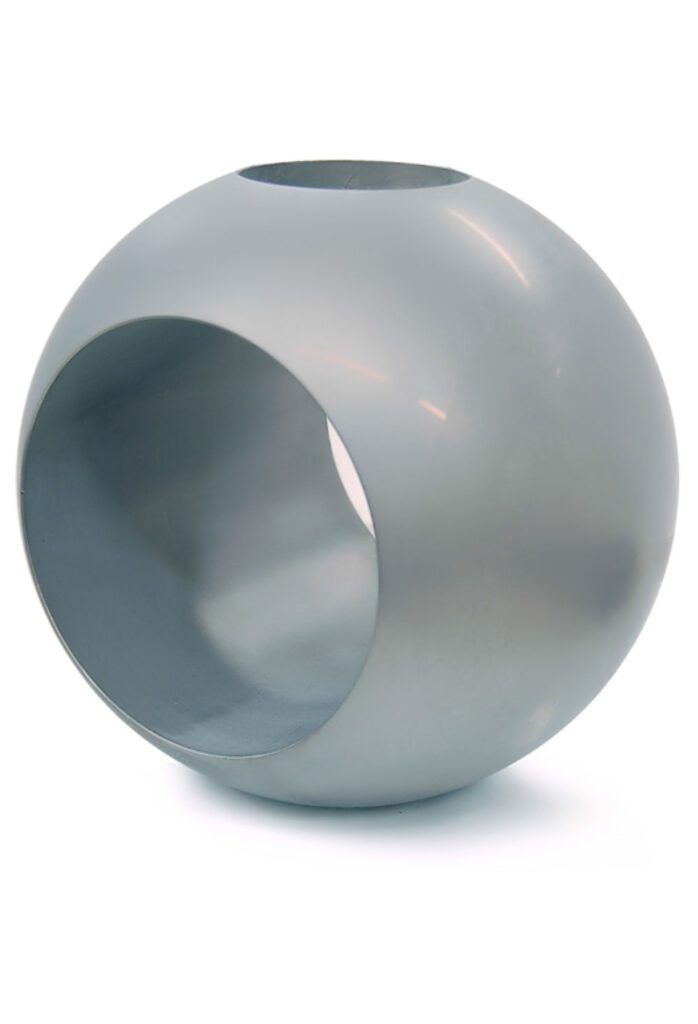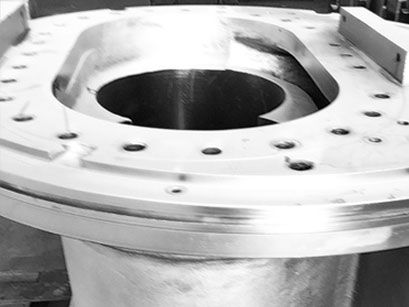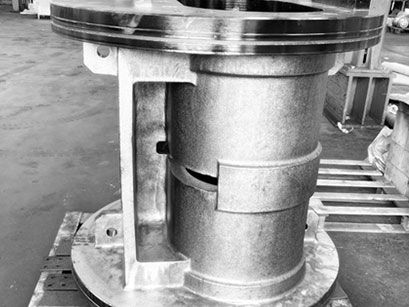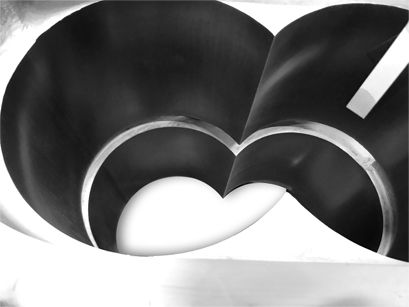Delsic or co-deposited NickelChemical-Silicon Carbide(NiSiC) ensures the coated part has high hardness while maintaining the properties of high corrosion resistance. These two qualities have made it possible to use the co-deposit Chemical Nickel-Silicon Carbide (NiSiC) as a more than viable alternative to many other coatings such as Chromium or Tungsten Carbide.
In fact, in industrial practice and in particular in the manufacture of valves, intended for systems where wear resistance is important, such as in fluids or gases rich in corpuscles such as sand and the like, the use of deposits that are extremely hard but unfortunately lack corrosion resistance has become mandatory. Hence the need to use a coating characterized by high hardness while still maintaining high corrosion resistance properties.
Specifically, the Chemical Nickel-Silicon Carbide (NiSiC) co-deposit requires special techniques in conducting the process so as to ensure homogeneous dispersion in the Chemical Nickel matrix. The problem has been technically solved by Deltar with the ability to make a wide variety of supplies through special equipment of its own design and manufacture. Since the co-deposit obtained is based on the same principle as the deposition process of the high phosphorus chemical nickel plating (Enp1012), the thickness that will be obtained is constant, avoiding uncovered areas or areas subject to the Faraday cage phenomenon, thus avoiding grinding after the deposition treatment and ensuring that the coated part can move on to the assembly stage.
The Chemical Nickel-Silicon Carbide(NiSiC) co-deposit is continuous and homogeneous on all “wet” surfaces, presenting the same characteristics over its entire extent, in contrast to ceramic and electrolytic deposits limited by the geometries of the parts to be treated, “Faraday Cage” type phenomena, areas with undercuts and internal parts or blind holes.

The information provided is limited to some summary data. Deltar of course makes itself available (CONTACT US ) to the performance of tests by agreeing on a program to improve knowledge by obtaining test values on specific sample products. Restricting to some salient features, Table 1 below shows some indications for three different deposits: Chemical Nickel (Ni), Tungsten Carbide (WC) and Co-deposit of Chemical Nickel + Silicon Carbide (Ni + SiC).

It should also be considered that the adhesion of ceramic deposits on the carbon steel substrate is:
Nickel Chemical-Silicon Carbide (NiSiC) co-deposit is currently used in applications where the following is required A high wear resistance, low friction coefficient and corrosion resistance; for example, in the chemical and petrochemical industry it is used as a Coating on metal-to-metal seal valves, whether ball, gate, slab or expanding valve, gate valve or butterfly valve.
The speed of execution, the total absence of additional machining, combined with an absolutely attractive cost and, above all, the coating’s own qualities, have contributed greatly to its large-scale use.
The process is in brief the immersion of parts in Chemical Nickel solutions in which Silicon Carbide is dispersed. The part immersed in the bath comes out with a coating of Chemical Nickel mixed with Silicon Carbide particles, the dispersion of which varies from 20 percent to 30 percent by weight incorporated into the matrix.
The Hardness of Silicon Carbide (SiC) is greater than 2000Hv, the hardness of the resulting deposit is very high and comes to exceed that of tungsten carbide (WC), standing at values greater than 1400Hv (this is the hardness of the package and not of the outcropping particles which determine the abrasion/erosion resistance).



Legal headquarters and Plant: Via F.lli Rosselli, 10
20068 Peschiera Borromeo (Mi)
REA MI 1547567 – C.F. and Register Milan companies n.12306070157
Share capital: € 10.200,00 i.v.- VAT 12306070157
Office phone. +39.02.55305101 – Fax +39.02.99990042
Plant: +39.02.55305457
info@deltar.it – deltar@pec.deltar.it
Mon – fri: 8:30 – 12:30 AM, 2:00 – 6:00 PM
Saturday and Sunday – CLOSED